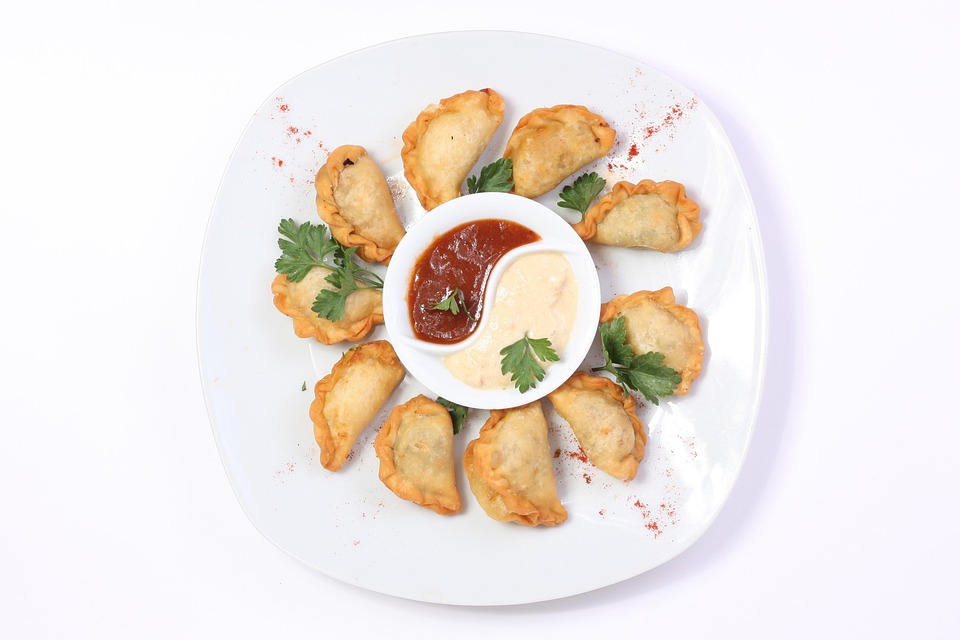In an increasingly interconnected world, cooking has emerged as a universal language that transcends borders and cultures. Whether you’re an experienced chef or a novice in the kitchen, experimenting with global cuisine can be a delightful way to explore new flavors, techniques, and traditions from around the world. This article serves as a guide to help you embark on your culinary journey, focusing on key ingredients, essential recipes, and tips to bring international flair to your home cooking.
Understanding Global Cuisine
Global cuisine encompasses the diverse cooking styles, ingredients, and flavors unique to different regions. From the spicy aromas of Thai curry to the comforting warmth of Italian risotto, each culture has its own culinary story to tell. To truly appreciate these dishes, understanding the key elements of each cuisine is crucial—think about ingredients, cooking methods, and cultural significance.
Key Ingredients to Stock
-
Herbs and Spices:
- Cilantro (used in Mexican and Indian cuisine)
- Basil and Oregano (essentials for Italian dishes)
- Cumin and Coriander (staples in Middle Eastern and Indian cooking)
-
Grains and Legumes:
- Basmati Rice (ideal for Indian and Middle Eastern dishes)
- Quinoa (popular in South American cuisine)
- Chickpeas (a versatile staple in Middle Eastern dishes like hummus)
-
Sauces and Condiments:
- Soy Sauce (essential for Asian cuisine)
- Fish Sauce (a key ingredient in Thai dishes)
- Harissa (a spicy North African chili paste)
-
Proteins:
- Tofu (primarily in Asian cooking)
- Lamb (common in Middle Eastern and Mediterranean cuisine)
- Seafood (crucial in Mediterranean dishes)
- Vegetables:
- Bell Peppers and Tomatoes (found in a variety of cuisines)
- Eggplant (a staple in Mediterranean and Middle Eastern dishes)
- Green Leafy Vegetables (like kale and bok choy for various dishes)
Essential Recipes from Around the Globe
1. Thai Green Curry
Ingredients:
- Coconut milk
- Thai green curry paste
- Chicken or tofu
- Assorted vegetables (bell peppers, eggplant, zucchini)
- Fresh basil for garnish
Instructions:
- Heat a tablespoon of oil in a pan over medium heat.
- Add the green curry paste and stir until fragrant.
- Pour in the coconut milk and bring to a boil.
- Add the protein and vegetables, simmer until cooked.
- Serve with jasmine rice and garnish with fresh basil.
2. Italian Risotto
Ingredients:
- Arborio rice
- Vegetable or chicken broth
- Onion, finely chopped
- White wine
- Parmesan cheese
Instructions:
- In a pot, sauté onion until translucent.
- Add Arborio rice and toast for a couple of minutes.
- Pour in the white wine and let it absorb.
- Gradually add broth, stirring continuously until creamy.
- Finish with a generous amount of Parmesan.
3. Mexican Tacos
Ingredients:
- Corn tortillas
- Ground beef or lentils
- Lettuce, tomatoes, and avocado
- Salsa and lime
Instructions:
- Cook your choice of protein with taco seasoning.
- Warm the tortillas in a skillet.
- Assemble with a handful of lettuce, diced tomatoes, and avocado.
- Top with salsa and a squeeze of lime.
Tips for Cooking Global Cuisine at Home
-
Start Simple: Choose recipes that don’t require hard-to-find ingredients or complicated techniques. Gradually build your skills and confidence.
-
Cultural Research: Understanding the history and culture behind each dish makes cooking a more enriching experience.
-
Experiment with Fusion: Don’t be afraid to mix cuisines! Create your fusion dishes that combine elements from different cultures.
-
Cook with Fresh Ingredients: Whenever possible, use fresh vegetables and proteins. Visit local markets to find unique ingredients that can elevate your dishes.
- Make it a Family Affair: Get family members or friends involved in the cooking process. It makes it more fun and allows everyone to learn about different cuisines together.
Conclusion
Cooking with the world is not just about preparing meals; it’s an opportunity to explore and appreciate the rich tapestry of cultures that exist globally. By stepping beyond your culinary comfort zone, you enable your palate to experience new flavors and bring the world into your kitchen. So grab your apron, gather your ingredients, and start cooking up a storm—your culinary adventure awaits!



